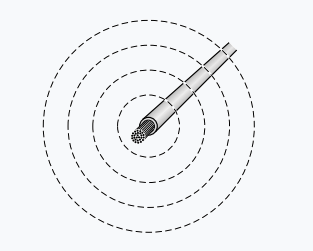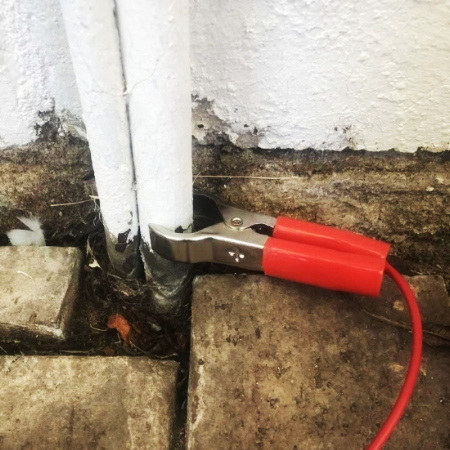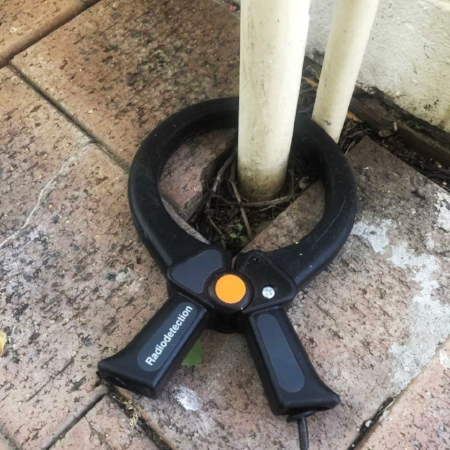UTILITY LOCATING SERVICES

UTILITY LOCATING IN PERTH
At Prime Locate we can offer a wide range of service utility locating solutions and techniques to cater for various investigations. We use EMF equipment & Ground Penetrating radar to locate the network below, including but not limited to:
-
Communication Lines – Optic Fibre and copper cables
-
Power Cables – HV & LV
-
Water Pipelines – Steel & PVC
-
Gas Pipelines – Steel, PVC, PE
-
Sewer Pipelines
-
Traffic Signal Networks
-
Petroleum lines
-
Empty Conduits
-
Pit Locating
-
Valve Locating
Each service depending on its material, size and location has a specific way of being detected. Our technicians will identify the method required to accurately locate the intended service and apply this to each project which results in a quality detailed locate.
locating services

Here at Prime Locate, we offer a wide range of underground locating services & techniques to cater for all of your investigations. We use EMF locating equipment & Ground penetrating radar (GPR) to locate the following:
-
Communication Lines – Optic Fibre and copper cables
-
Power Cables – HV & LV
-
Water Pipelines – Steel & PVC
-
Gas Pipelines – Steel, PVC, PE
-
Sewer Pipelines
-
Traffic Signal Networks
-
Petroleum lines
-
Empty Conduits
-
Pit Locating
-
Valve Locating
HOW DOES UTILITY LOCATING WORK?
CABLE & UTILITY LOCATING
A current flowing along a conductor (cable) creates a magnetic field. This magnetic field forms a cylindrical shape around the conductor and is called the ‘signal’. Note that this field is produced by current flowing, and not by voltage.

Direct Connection
Using a transmitter, a connection is made directly to the pipe or cable at an access point such as a valve, meter or end of the conductor, and the circuit is completed by a connection to a stake or other ground connection point. This process is a core part of modern utility locating, with the signal detectable along the line over a distance dependent upon the type and size of the line and soil conditions on site.
The presence of insulated pipe joints will of course significantly reduce or inhibit the signal, while the choice of frequency will also have an important influence. Any lines sharing a common ground point with the connected line will also carry the same signal to a greater or lesser extent, depending largely on how well coupled to ground they are.

CLAMPING
Clamping uses induction to give a similar result to direct connection, but without electrical contact to the line. The output from the transmitter is effectively coupled to a particular line or conduit by clamping around it. The line or conduit has the signal induced from the transmitter, and will carry a strong signal, provided that it has good coupling to ground on each side.
Again the frequency can be altered and changed to suit the conditions on site. Different sites produce different results and that’s when only a trained service technician will have the experience to provide clear results. If you’re interested in learning about the best practices when it comes to utility locating, checkout Before You Dig’s guidelines for best practices.

